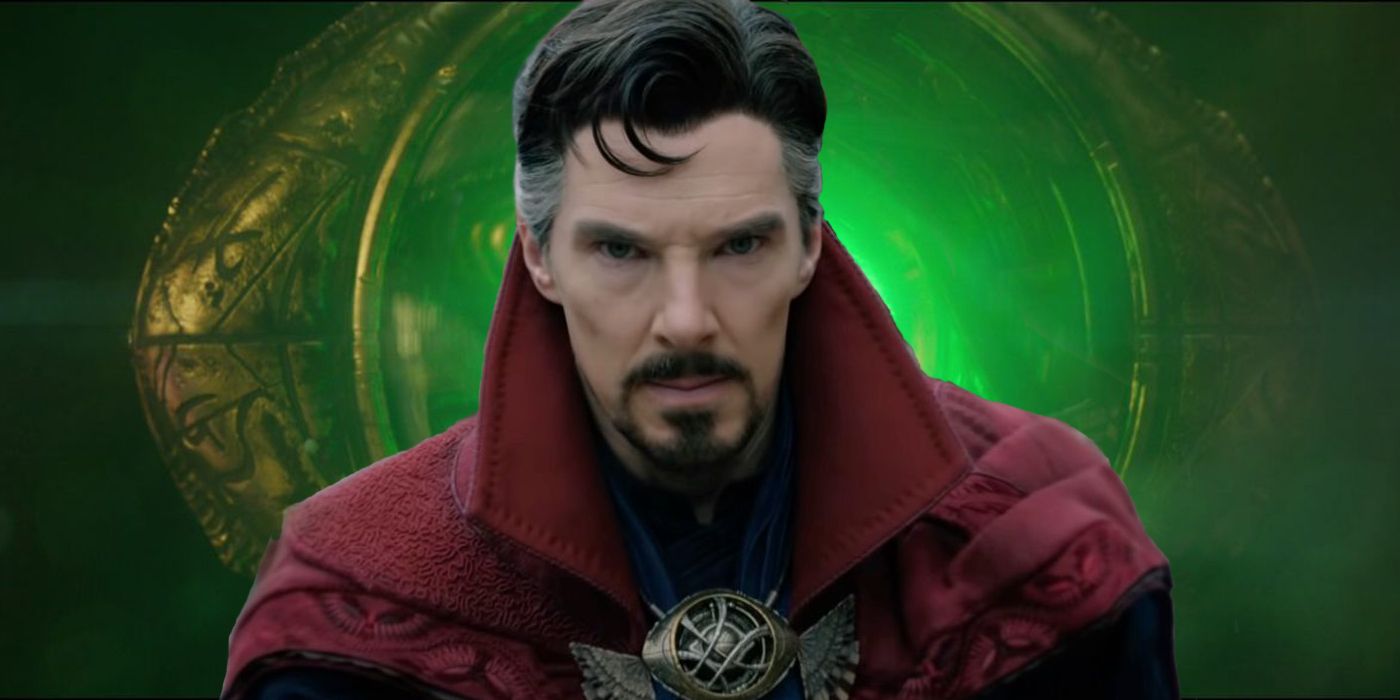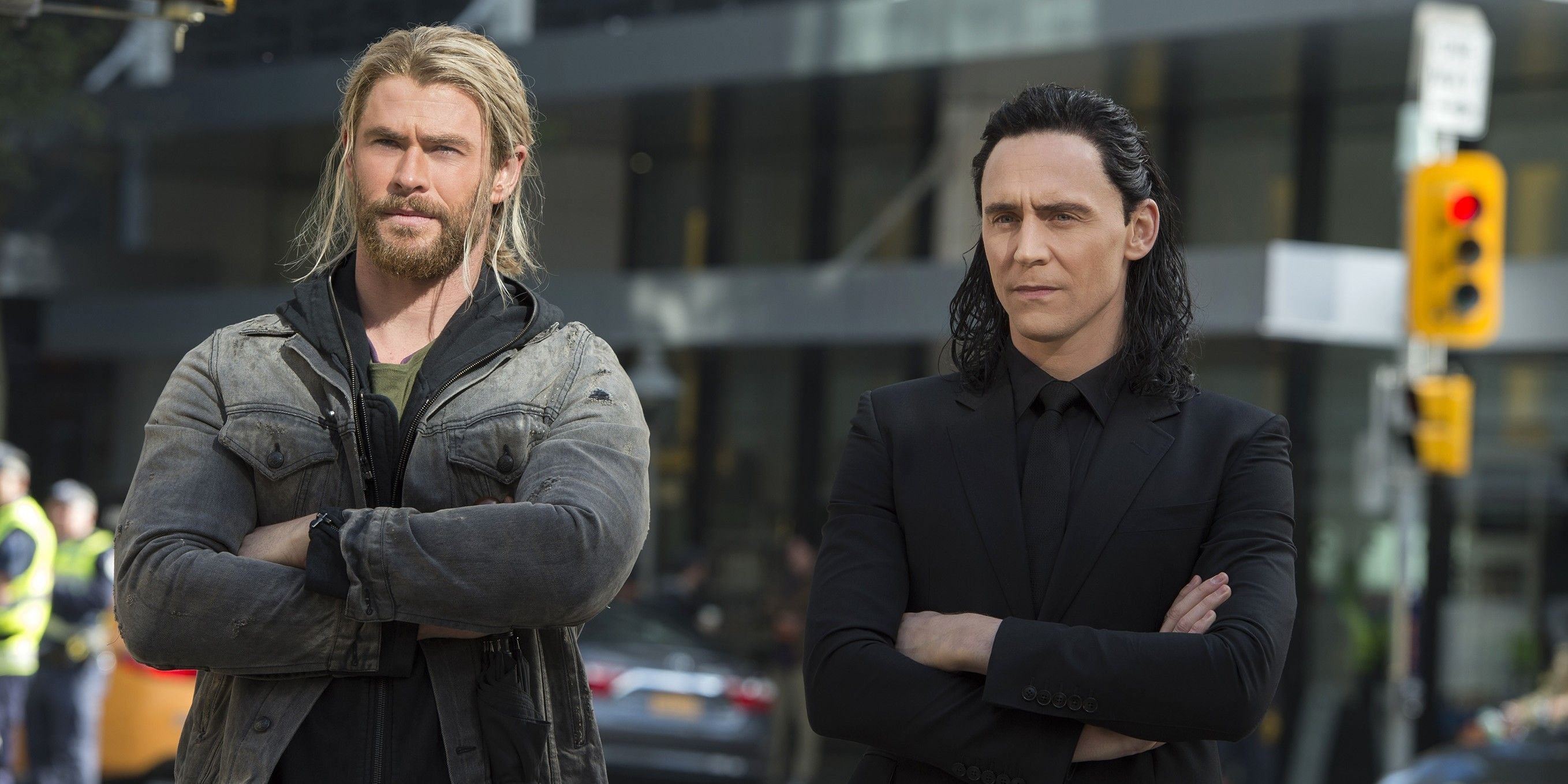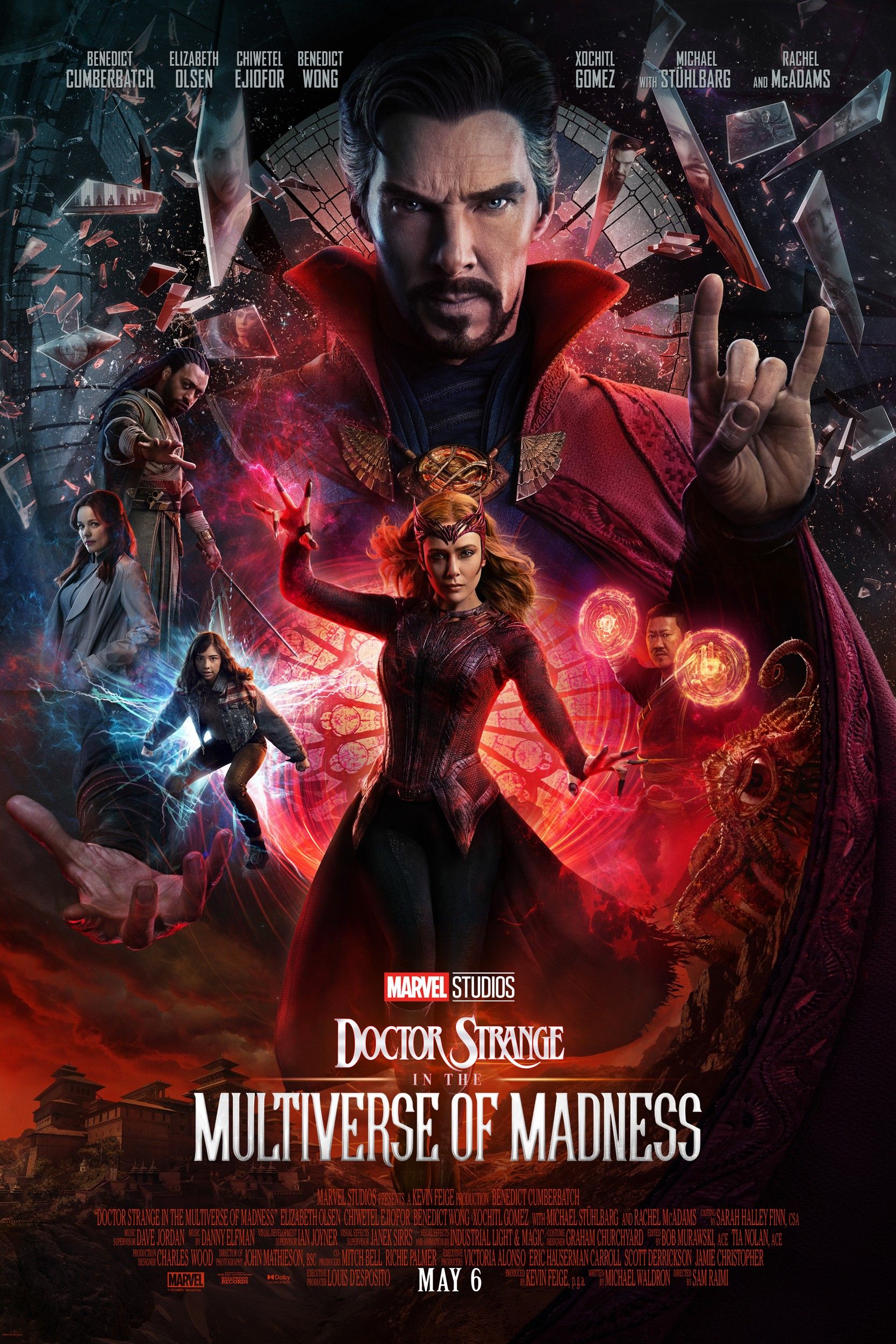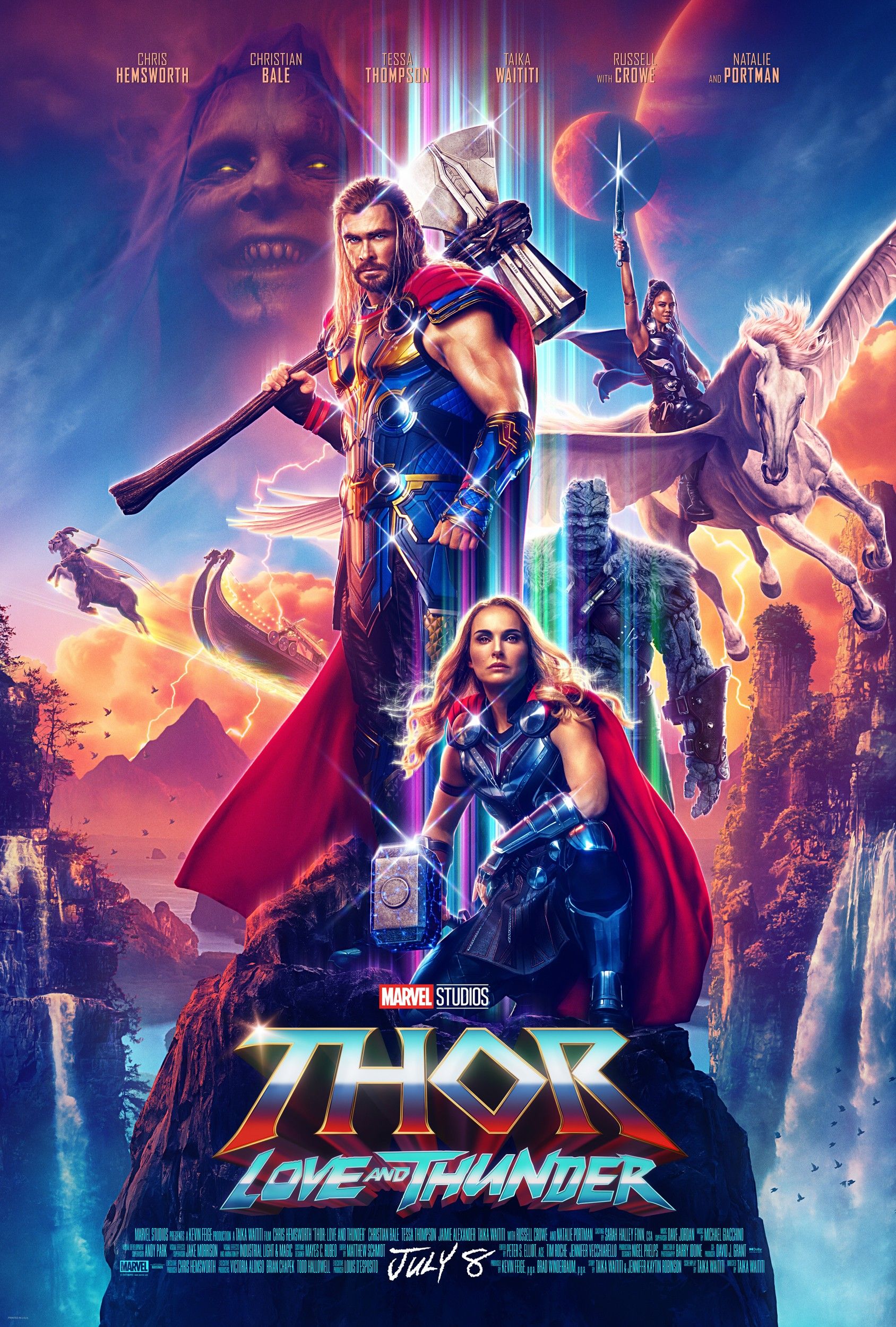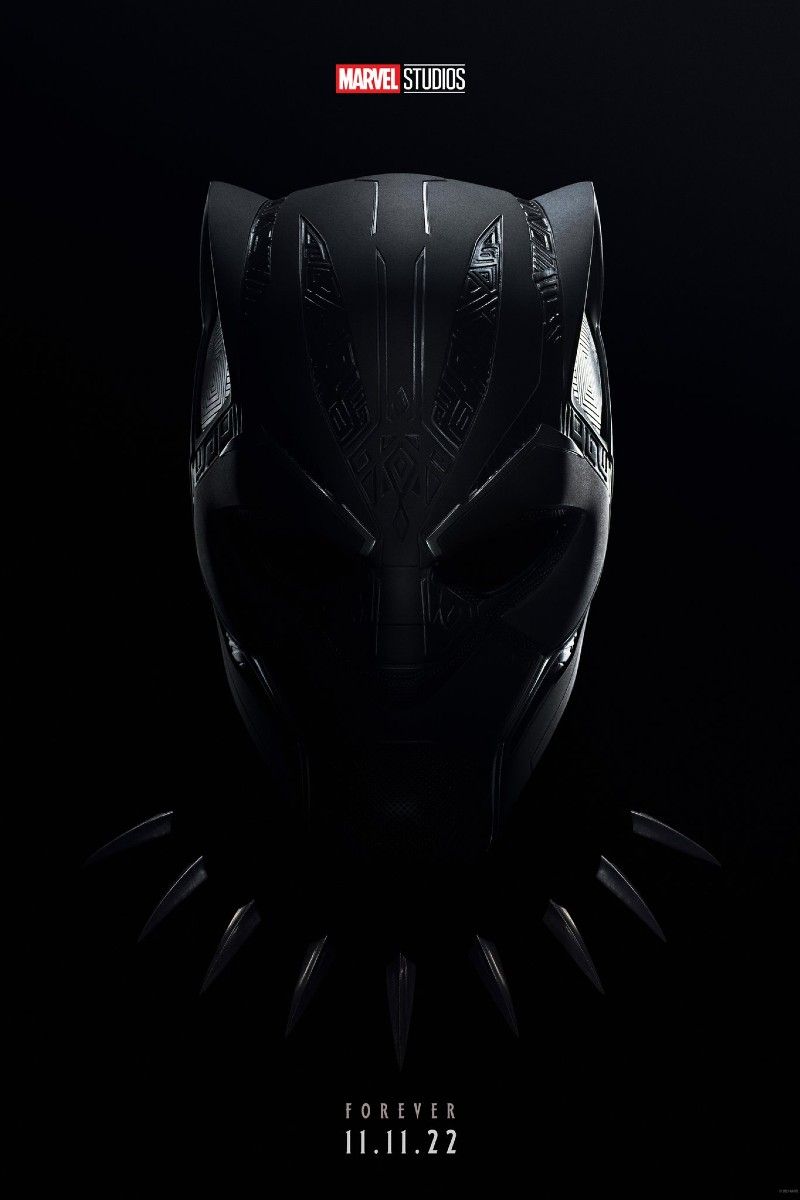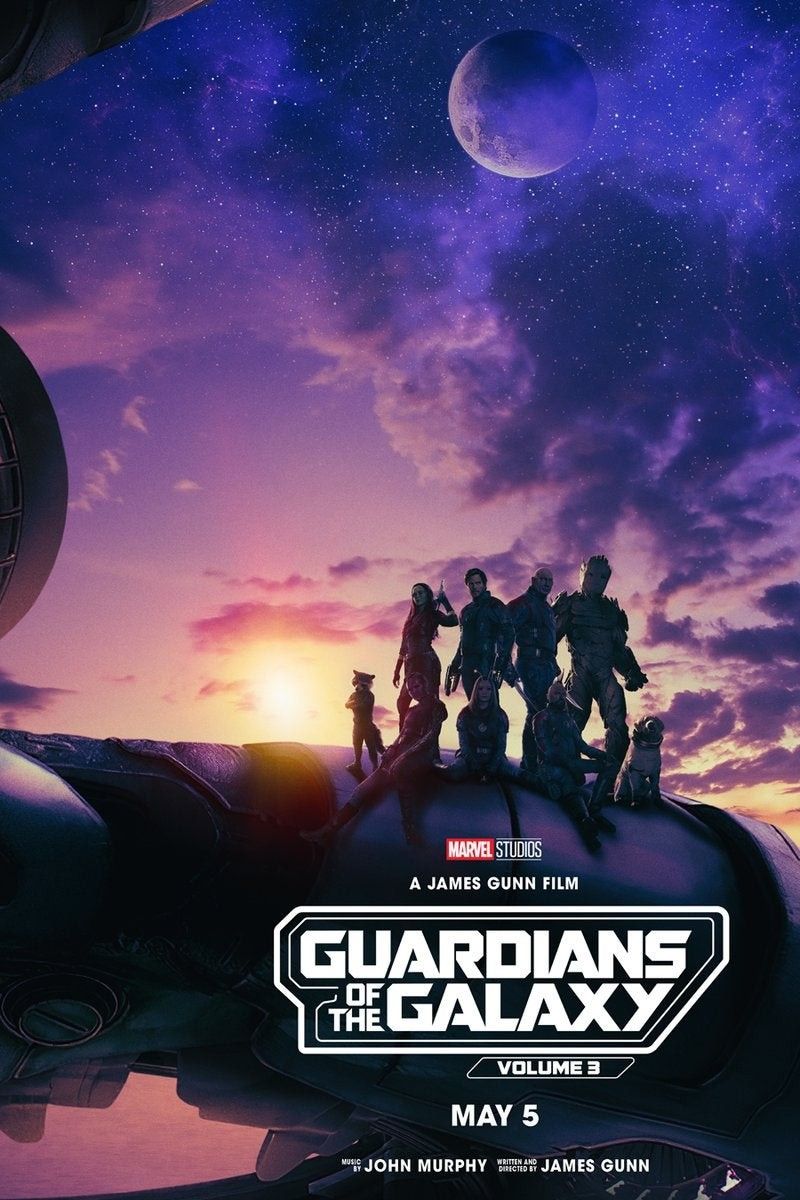Thor: Ragnarok hinted Doctor Strange and the Masters of the Mystic Arts don't need the Time Stone to peer into the future. Concealed within the Eye of Agamotto, the Time Stone was the Ancient One's greatest tool. She used it to explore the future, identifying threats before they materialized and destroying them. "I've spent so many years peering through time," she told Doctor Strange before her death, "looking at this exact moment. But I can't see past it. I've prevented countless terrible futures. And after each one, there's always another. And they all led here, but never further." However, a hint from Thor's third solo cinematic outing may suggest that the Time Stone is not the only means of figuring out the future.
Doctor Strange used the Time Stone for the same purpose, as seen in Avengers: Infinity War. However, the Time Stone was destroyed by Thanos in Avengers: Endgame, with the Mad Titan concerned someone else could use it to reverse his genocidal acts. This means the world is more vulnerable than ever before, because the Masters of the Mystic Arts have lost their greatest weapon. That perhaps explains why the Masters have failed to respond to recent magical crises, such as Wanda Maximoff's actions in Westview in WandaVision.
But the Masters of the Mystic Arts may not have lost their ability to see the future after all. In Thor: Ragnarok, Thor and Loki travel to Earth to find Odin, who was banished to Earth. Loki is somewhat surprised to discover the nursing home he placed Odin in has been demolished, and Thor is understandably unimpressed. "How was I supposed to know," Loki objected furiously. "I can't see into the future. I'm not a witch." It's a fascinating comment, confirming some magic allows witches and sorcerers to see the future. What's more, it's highly likely these spells were contained in the Book of Cagliostro held at Kamar-Taj - a book that contained secrets of the Time Stone, but also lessons on temporal manipulation.
In the real world, Count Alessandro Cagliostro was an occultist who lived in the 18th century, known for psychic healing, alchemy, and scrying. In Marvel Comics, he was a sorcerer who became obsessed with time travel, and the MCU has clearly followed that idea. This all suggests that Doctor Strange may well still be able to look through time through the use of more conventional MCU magic.
The interesting question is whether these spells have been affected by Loki, which unleashed the MCU's multiverse. It's possible they've been weakened, because now the Masters of the Mystic Arts would be looking at countless timelines that stretch on into infinity. Alternatively, they could well be more powerful than ever before, with Doctor Strange and his fellow sorcerers able to explore the entire multiverse with them. Hopefully, the truth will be revealed in the upcoming sequel, Doctor Strange in the Multiverse of Madness. Whatever the answer, however, the clues in Thor: Ragnarok indicate that looking through time is still a possibilities for some characters in the MCU.

